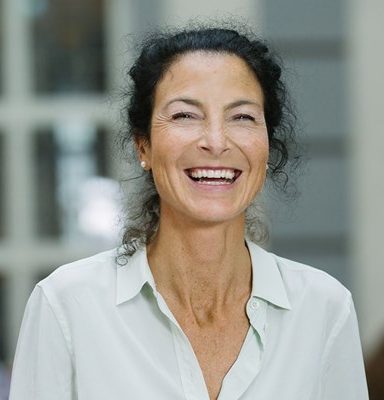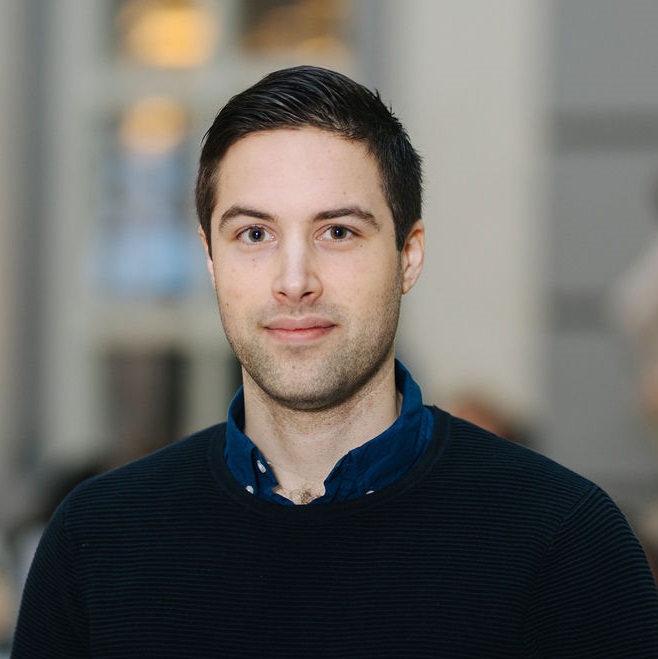< Projects

Title
Who’s in Charge Here? The Dynamics of AI Use, AI Governance, and Organizational Renewal
Many organizations are currently searching for solutions related to how best to employ AI, how to allocate resources to AI-related activities and how to evaluate them: in short, how to build capabilities and mechanisms for aligning AI use with organizational strategy. Such organizational arrangements for AI governance, guiding use of AI towards the most beneficial application areas and solution models, will most likely remain under change for an extended time as organizations accelerate their learning from AI use. As a consequence of this accelerated learning, AI governance dynamics are likely to differ from more traditional, established information technology (IT) governance arrangements in organizations. Overall, it is thus likely that evolving AI use-governance practices will play a pivotal role in affecting both AI use and the organizational arrangements for AI governance.
For example, governance principles related to the distribution of responsibility between human actors and algorithms, or guidelines concerning transparency of algorithmic reasoning, are likely to be revised when the use of algorithms leads to adverse consequences. Thus, we argue that AI use dynamics, organizational arrangements for AI governance, and the interplay between the two (AI use-governance dynamics) are essential for understanding how AI (re)shapes an organization. We argue that these practices and their interplay are vital to study and theorize: they will likely lead to qualitatively different dynamics of change and renewal in organizations, requiring new theory, and also, if managed well, make up a distinctive organizational innovation capability and thus a core aspect of the competitive advantage of organizations in the future. Our research questions are thus: RQ1: How do AI use dynamics evolve over time, and why? RQ2: How is the interplay between AI use dynamics and AI governance dynamics constituted, what drives it, and what outcomes does it produce?
We believe that this research project will build theoretically important and practically relevant new knowledge that moves beyond the literature on AI in organizations, which tends to focus on AI in specific processes during limited periods of time, rather than looking at the evolution of key organizational processes and how they mutually shape each other and in turn organizations as a whole.
Start: 1 January 2022
End: 31 December 2026
Project type
Affiliated with WASP-HS
Universities and institutes
Stockholm School of Economics
Project members

Magnus Mähring
Professor
Stockholm School of Economics

Anna Essén
Associate Professor
Stockholm School of Economics

Sebastian Krakowski
Assistant Professor
Stockholm School of Economics

Claire Ingram Bogusz
Associate Professor
Uppsala University

Martin Wallin
Professor
Chalmers University of Technology

